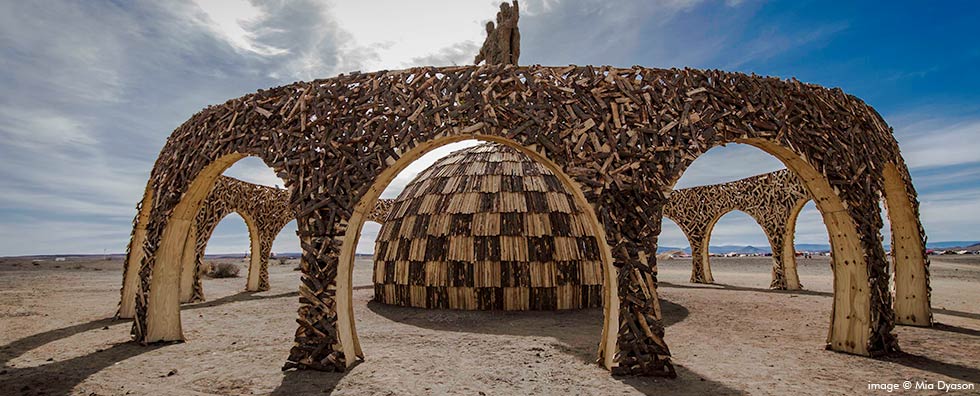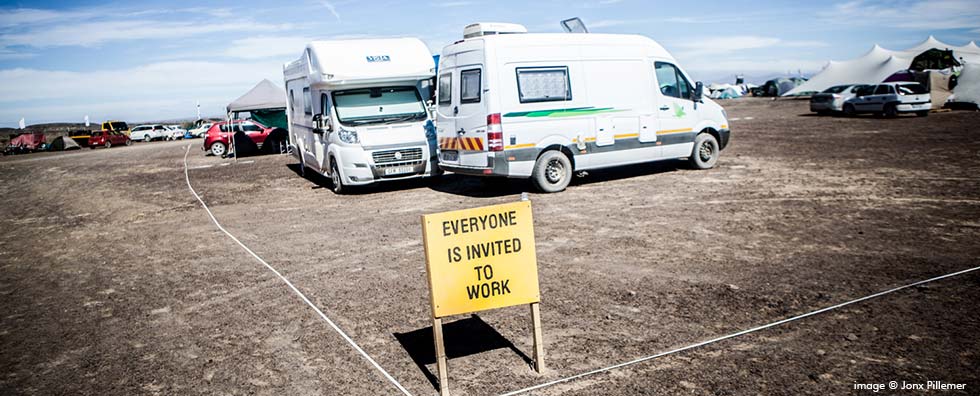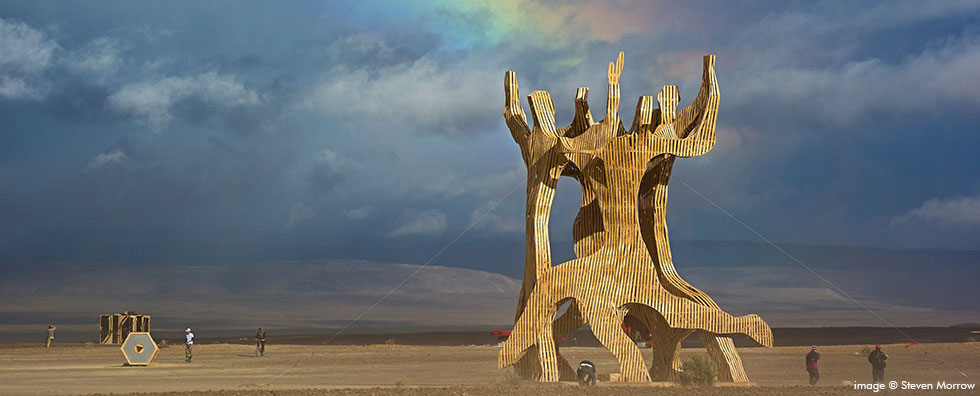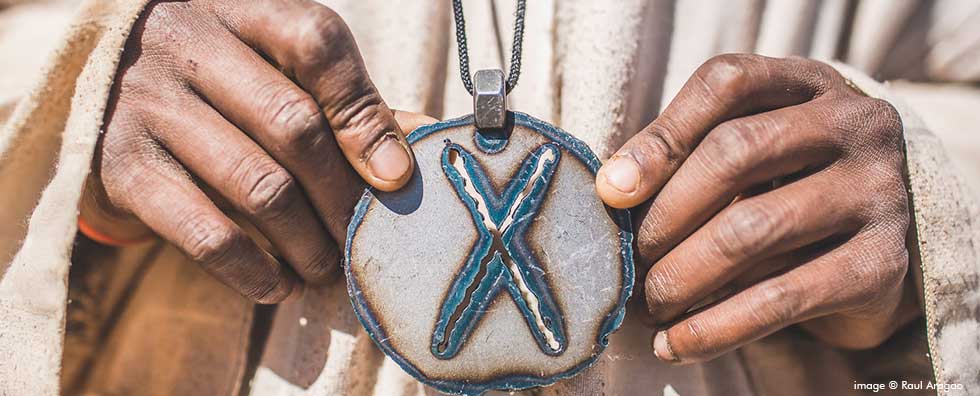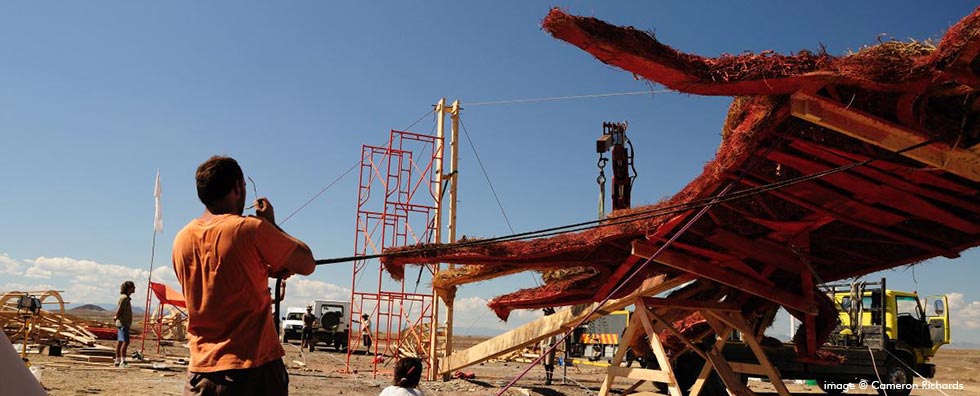Let’s talk about toilets!
So, what was the story with toilets at the Burn?
This year was a strange year for toilets at the Burn, here are the facts behind the toilets this year.
Dependent on the type of event and numbers you are holding, you can work on a ratio of 100 people to one toilet, but we prefer to work on a ratio of 75 people per toilet. We use this ratio for our long drops, and therefore the portaloos are over and above our requirements for toilets. We usually have 160 or so long drops on site as well as 100 portaloos. This year we were ready for 180 long drops (enough for 13,500 people):
Why do we have to have portaloos?
The portaloos are used for a variety of reasons:
- They are more easily accessible for disabled participants.
- They enable us to have toilets along the 10ish boulevard and nearby the Binnekring for easy access of people looking at art and partying at night.
- They enable us to keep our physical environmental footprint slightly lower (by digging less holes in the ground).
- They enable us to more easily acquire our event license.
This year we changed service providers to Sanitech, which we will get to later in this article.
In total this year we had:
150 long drop toilets
136 Portaloos
At a ratio of 75 people to one toilet we had enough toilets for 21,450 people.
Why were there so many portaloos in weird places?
This year DPW had all the toilet holes dug two weeks prior to the event, when a large storm hit which caused major flooding in some of the toilet banks (luckily no toilets were yet placed or operational on the holes: the holes were filled in with the earth that had been removed from them earlier).
A decision was made based on the inaccuracy of the weather reports we were getting and the risks involved in full toilets overflowing to order in more portaloos and place these in potential flood areas, such as the toilets along the 6ish horn hence the presence of portaloos in unusual places this year. We ordered in 60 extra units at a cot of 205,000ZAR. Our unusual location amplifies the costs of basic services such as portaloos.
It was later decided to dig our normal pit loos further out in the same area so as to enable our participants to still have the loo with a view experience.
What about our lovely long drops?
We had 150 long drops this year, along the banks where they have been placed for the last ten years, and some further out in the horn of 6ish. These further out long drops were placed in a location well clear of riverbeds and river flow in case of a storm or flooding event.
DPW continued to clean the pit loos as per usual during the event, and allocated loo roll and saw dust to each toilet, they also spray down around and in each toilet with effective micro-organism, which effectively eats the waste in the toilets and is ideal for composting the waste once in the ground to make humanure. These cleaning runs take two hours and the full DPW team in three or four vehicles. DPW had the same number of crew as last year, and also absorbed walk in volunteers that were willing to do toilet runs that day.
Last year and this year, DPW did experiment with putting hand sanitizer in the toilets, either mounted or tied on, but these were unfortunately stolen within a day.
What happened with the portaloos?
In terms of the Sanitech toilets:
Sanitech arrived on site and started pumping on the Monday of the event, they had 2 teams working on rotation on a double shifts of 10 hours a day at varying times dependent on the day of the event.
At the request of many participants we moved a batch of toilets from the horn of 6ish to the expansion zone. On Tuesday the truck went back to move the rest of the toilets from the top end of the 6ish horn, where camps had also respectfully asked for toilets to be moved but got stuck and were not able to move the toilets.
Further, on the Wednesday of the event, the pump truck went back to Ceres to empty the waste product and offered to tow AfrikaBurn back 2000 litres of water as we were running low on water at the gate. Unfortunately the truck is not made to tow that amount (2 tonnes) and as a result broke down on the R355 on the way back to site. They sent up a second pump truck on the Thursday morning after it became apparent that the first truck would not make it to site, which arrived on site later that day and serviced the toilets on Thursday. The toilets were hence pumped every day but Wednesday night and Thursday morning. The toilets were pumped three times on Friday, Saturday and Sunday
The disabled toilets were not lockable due to being old units, which was unacceptable, however we were able to locate and speak to individual wheelchair users to place disabled units inside their camps for their individual use. Next year we will personally check each unit before it comes to the desert with the locks in hand to ensure this never happens again.
What about the plague?
This year we had an outbreak of Nova virus due to a variety of reasons. These reasons are all outlined in detail in the ‘Medical Report: GI incidents at AfrikaBurn 2017’. Click the link to read more.
What should I do if I have suggestions on how to improve our toilet situation?
We welcome all suggestions on how to improve our toilets at the burn, here’s how:
- E-mail: [email protected]
- Join the excellent Facebook group “Pimp My Loo”.
- Come into the Bijou and chat with Tola about toilets.
Toilets at the burn will always be a delicate balance between health and safety, ecology and human experience. This balance is not always easy and trade-offs have to be made, but together we can all develop and change any system we have in place and I encourage all that have any critiques or improvements to get in touch to improve our beloved toilets.
WASH Lead: Tola Okunlola
UPDATE: in 2018, we’ll all be using new Loos With A View. Read all about that here.

